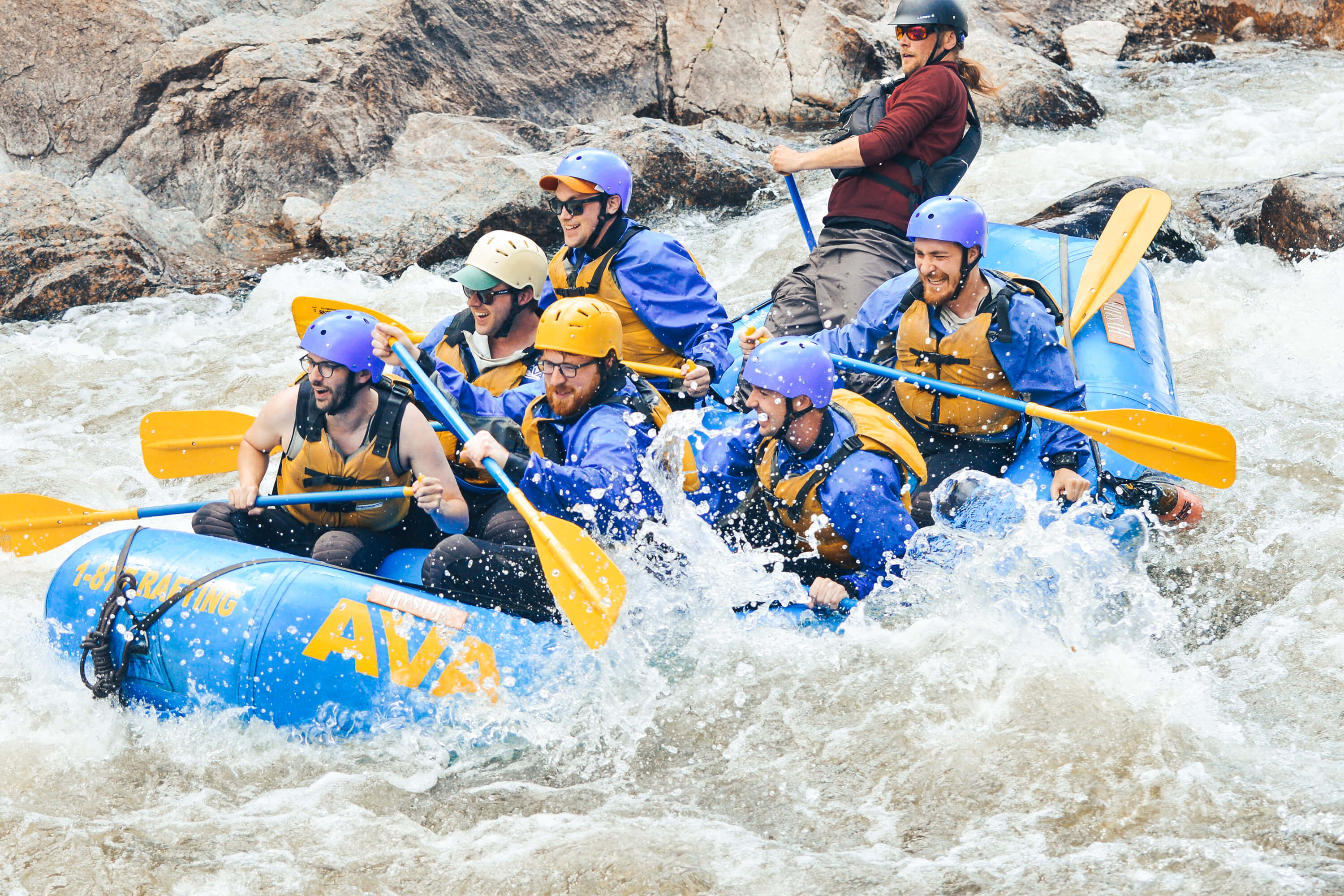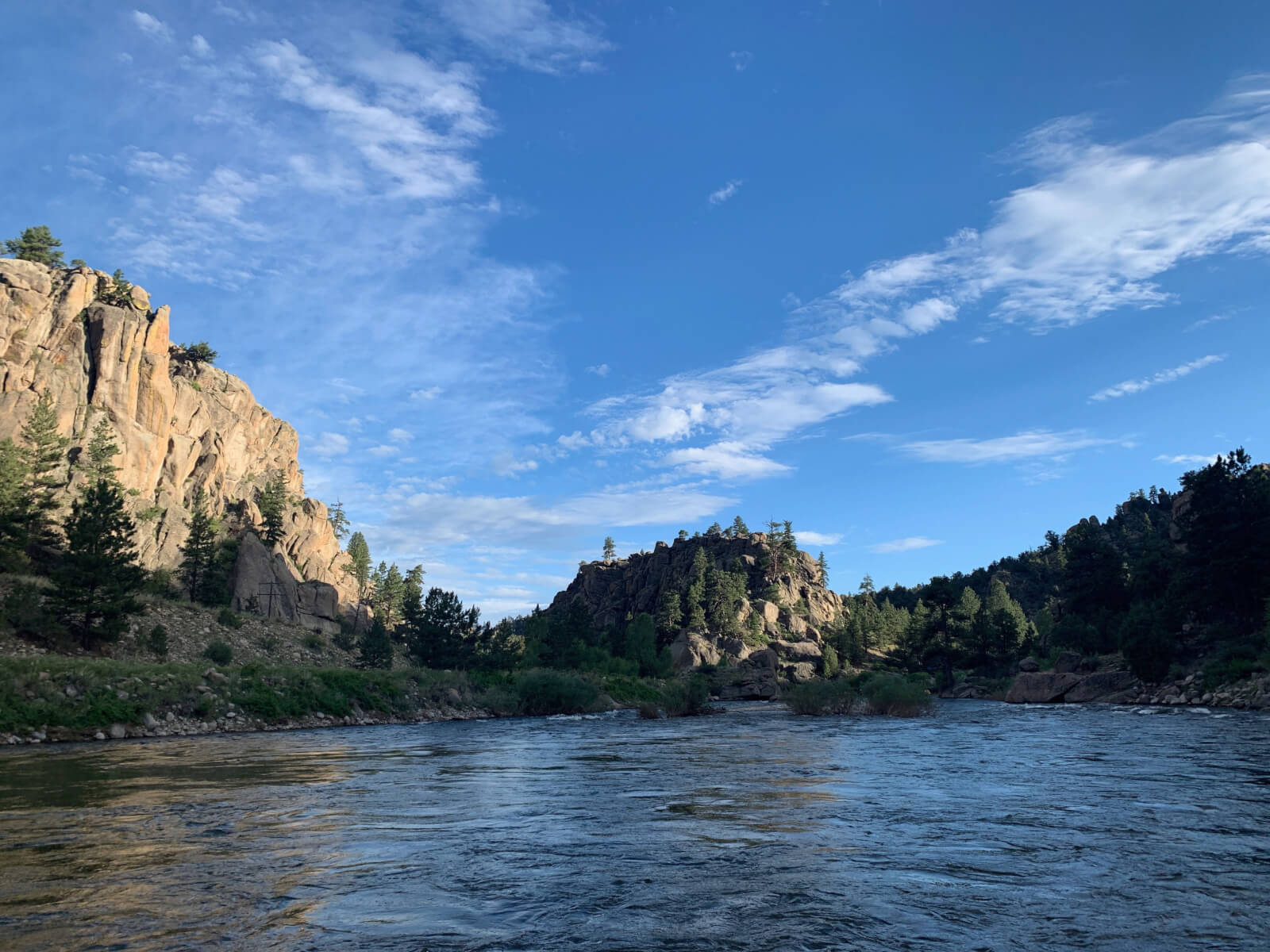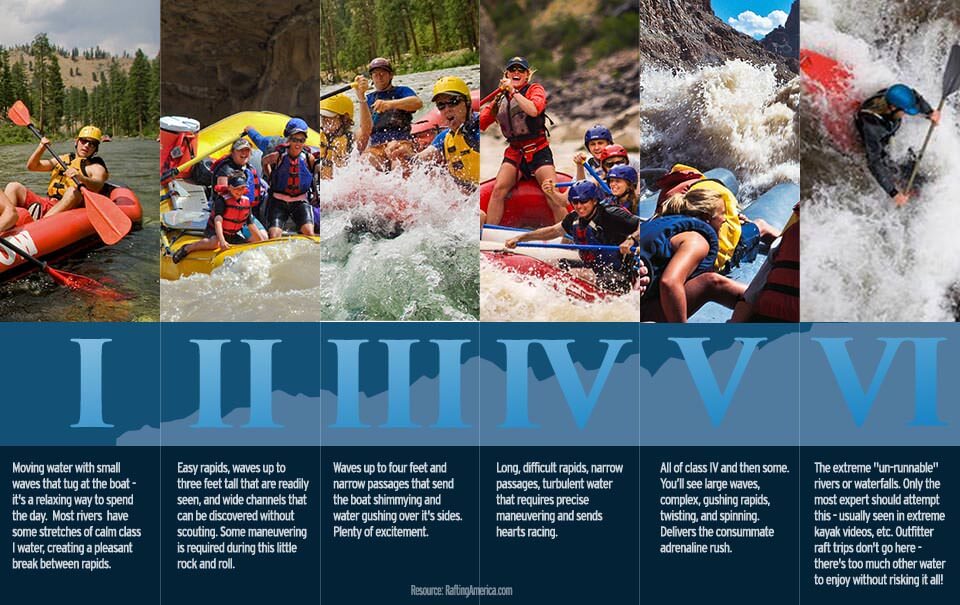Home » Colorado » What Most People Don’t Know About Whitewater Rafting
What Most People Don’t Know About Whitewater Rafting
Ever wonder what raft guides know that you don’t about going down the river. Well, pull up a boat, eddy out and listen up. We have some great tips, tricks, and helpful hints from our guides to help you with your whitewater rafting skills.

Curious about how those dang rivers got class? Well let’s take you to school and give you a lesson on levels of whitewater. American White-Water Association grades sections of whitewater by classes, I, II, III, IV, V. Class One being water with a couple riffles and smaller waves. Class Two starts to get choppy. These will be medium sized waves, with very low levels and drops. Class three is where we start to call it by the name Whitewater. The rapids are relatively higher with broken water, small drops and rock exposure. This level generally requires 7-8 years of age to participate. Class IV is where we start to see the power of the river with larger waves and irregular water. Forceful hydraulics, large drops with precariously exposed rock. These types of sections usually require 15 years of age and above, as there is a greater risk for injury should you swim. Class V is extremely powerful rapids with immensely larger waves. Class V is the highest level of runnable white water. Which means if you are looking for the best of the river, that’s as big as it gets.

Photo by Mike McBey
Guides will tell you the way a Class is scaled is by the gradient and the CFS of the river. Meaning how steep that water is dropping per mile and how much water is running in that section. In Colorado these sections can get pretty deep making it some of the best runnable Whitewater in the country. Important things to understand, people ask can I go on any Class if I have never been rafting? So, we would never recommend starting at the highest, here’s why. Never having run on white water before means you’re sitting in the boat for the first time. Sitting in a raft for the first time means you are not sure how to lock your feet in, which is what holds us in the boat.

Let’s say you have no idea what it’s like to get a rapid splash you with water while you’re still listening to your guide. Imagine you are about to hit that Class V rapid. The boat starts to angel down-ward and you get a nice burst if water all over you. You hear the guide and start to throw a stroke, never having rafted before you think you are digging deep in the water with that stroke. However, you are paddling in the air now, making the right side of the boat less powerful. The guide calls more strokes to help even this out, but you are now not locked in because we hit that rapid sideways. You now are in the position to fall out of the boat and that’s not very fun. This is the reasoning for working your way up Classes to make sure you know what to expect. Falling out of a boat in Class III White Water is much different than falling out in Class V.

Courtesy of RaftingAmerica.com
Our guides are some of the most experienced and well trained in the state of Colorado. They want you to have the best time rafting and understand that knowledge is power. guides will teach you strokes and what to do in the boat going down the river. But you can’t teach a good time and we believe here at AVA understanding the river and what you are about to engage in will make you have the best time. This is what AVA is about, adventure and making sure you have the best time we can give you.









